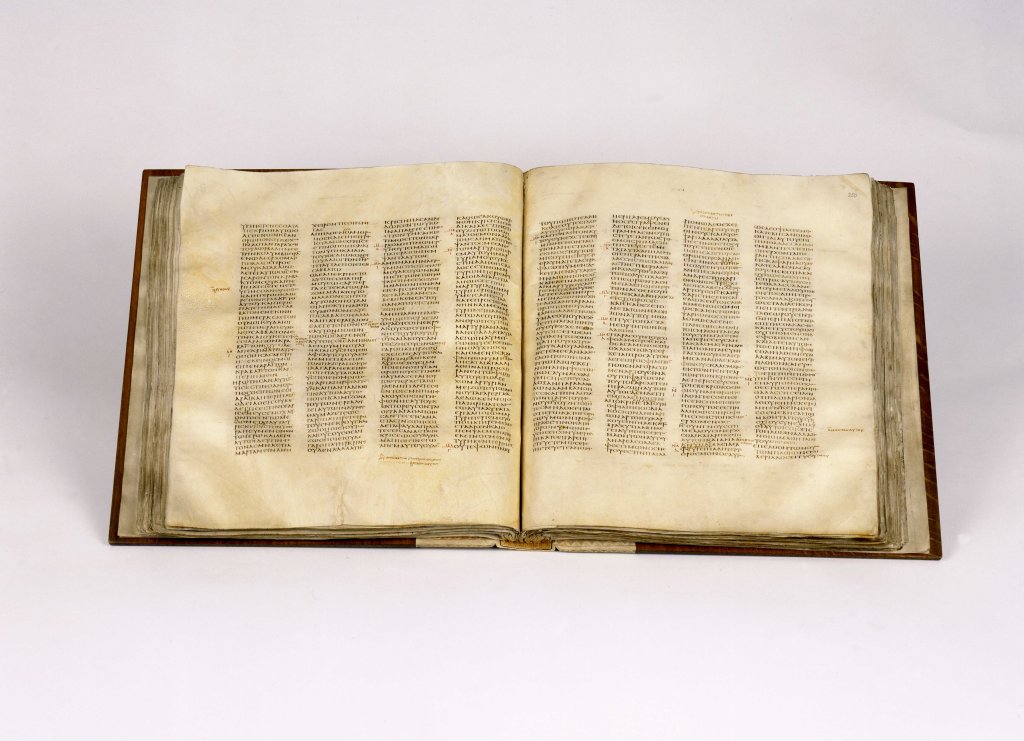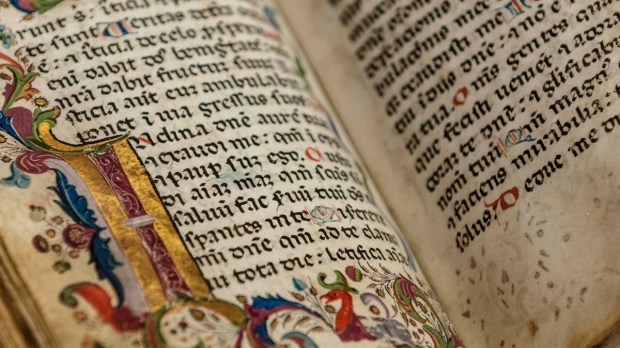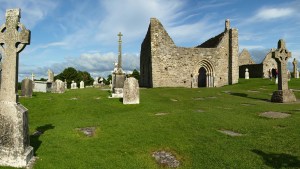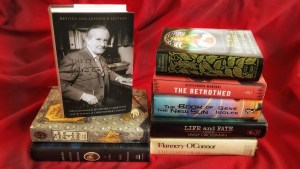Who would’ve thought that a space between words had to be invented? The first traces of written language are over 5,000 years old and come to us from the cradle of humanity, in Mesopotamia. However, writing is a form of language born several times over to succeed in transcribing the spoken word onto clay, stone, parchment, or paper. While writing hasn’t always existed, punctuation took an even longer time to develop, and the separation between words is a relatively late innovation.
In ancient Greek and Latin manuscripts, scriptio continua, or continuous writing, dominated: the eye glided along opaque blocks of letters, arranged in uniform, rectangular paragraphs. Reading was reserved for a select few, and the vast majority of the European population was illiterate.
For a time, Greek and Latin had incorporated the “interpunct” (a vertically centered dot between words), but it fell out of use. As a result, the text only revealed its meaning when read aloud, taking from its reader an attempt at punctuation.
The beginnings of modern writing
It wasn’t until the 7th century that monks in Ireland (to whom we owe so much), accustomed to the Old Irish alphabet (an ancient precursor of their modern language) and struggling to decipher Latin texts, tried to reform the way of writing. They began to separate words from each other, using the space we know today.
It was also at this time that punctuation began to take shape, such as the comma, which was then no more than a slash, or the beginnings of the question mark. This is also the origin of the pilcrow, a kind of inverted “P” (¶), which comes from writing “C” twice with a slight offset, as an abbreviation of the word capitulum (chapter) and indicating the end of a paragraph. However, its usage was limited to the Celtic and Anglo-Saxon worlds, since it wasn’t until the reign of Charlemagne at the end of the 8th century that a reform of grammar imposed its rules on writing.
Word separation was still in its infancy, and the intervals between words remained random until the 12th century. It was then that words finally became clearly distinguishable from one another, removing ambiguities of interpretation, as in the famous example of “Godisnowhere,” which can just as easily be read “God is now here” as “God is nowhere.”

Silent reading
With the space between words came a new practice: silent reading. Until then, texts were meant to be read aloud. A distant trace of this can be found in the Confessions of St. Augustine, who was astonished to discover Ambrose of Milan reading a text without moving his lips. “When he read, his eyes scanned the page and his heart examined the meaning, but his voice remained silent and his tongue motionless. […] Often, when we came to visit him, we found him reading in silence, for he never read aloud.”
From then on, the relationship with the text changed, entering into the intimacy of the individual: Readers could now read alone, first for instruction, then for pleasure, and literature as we know it today was born.
Fourteen centuries later, let’s smile and thank those blessed Irish monks to whom we owe a little silence and respite in this world.





